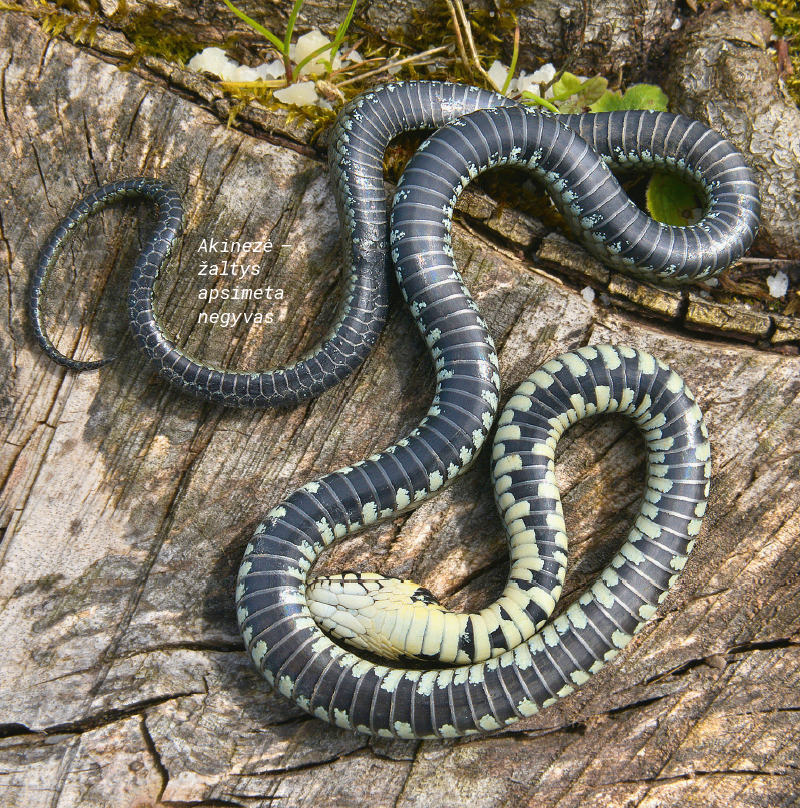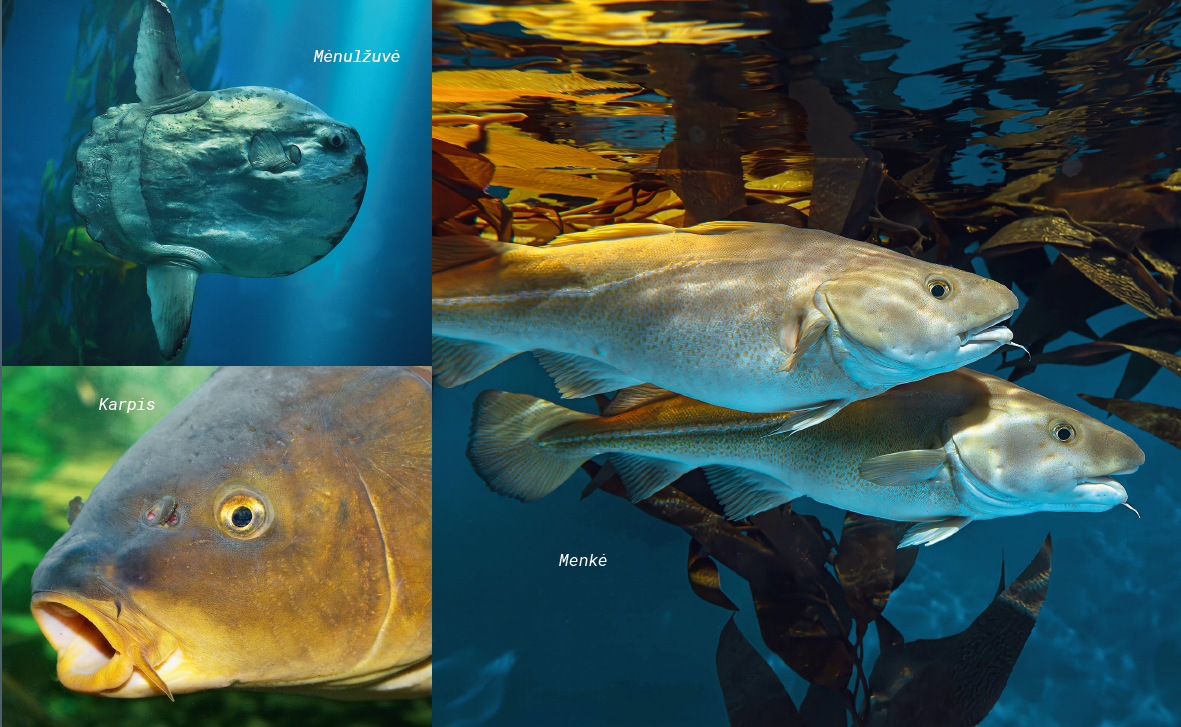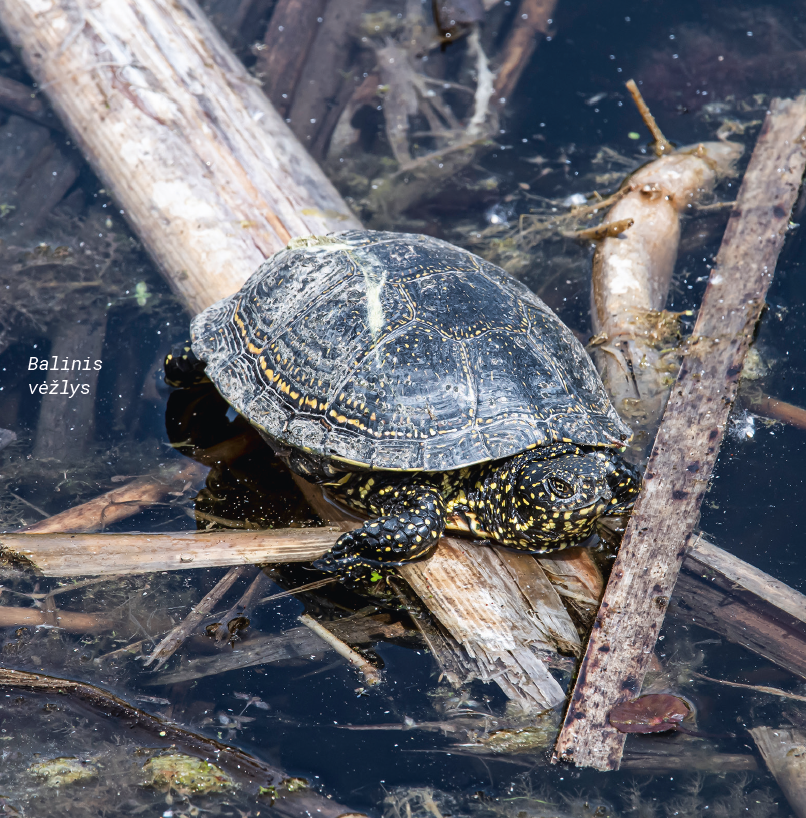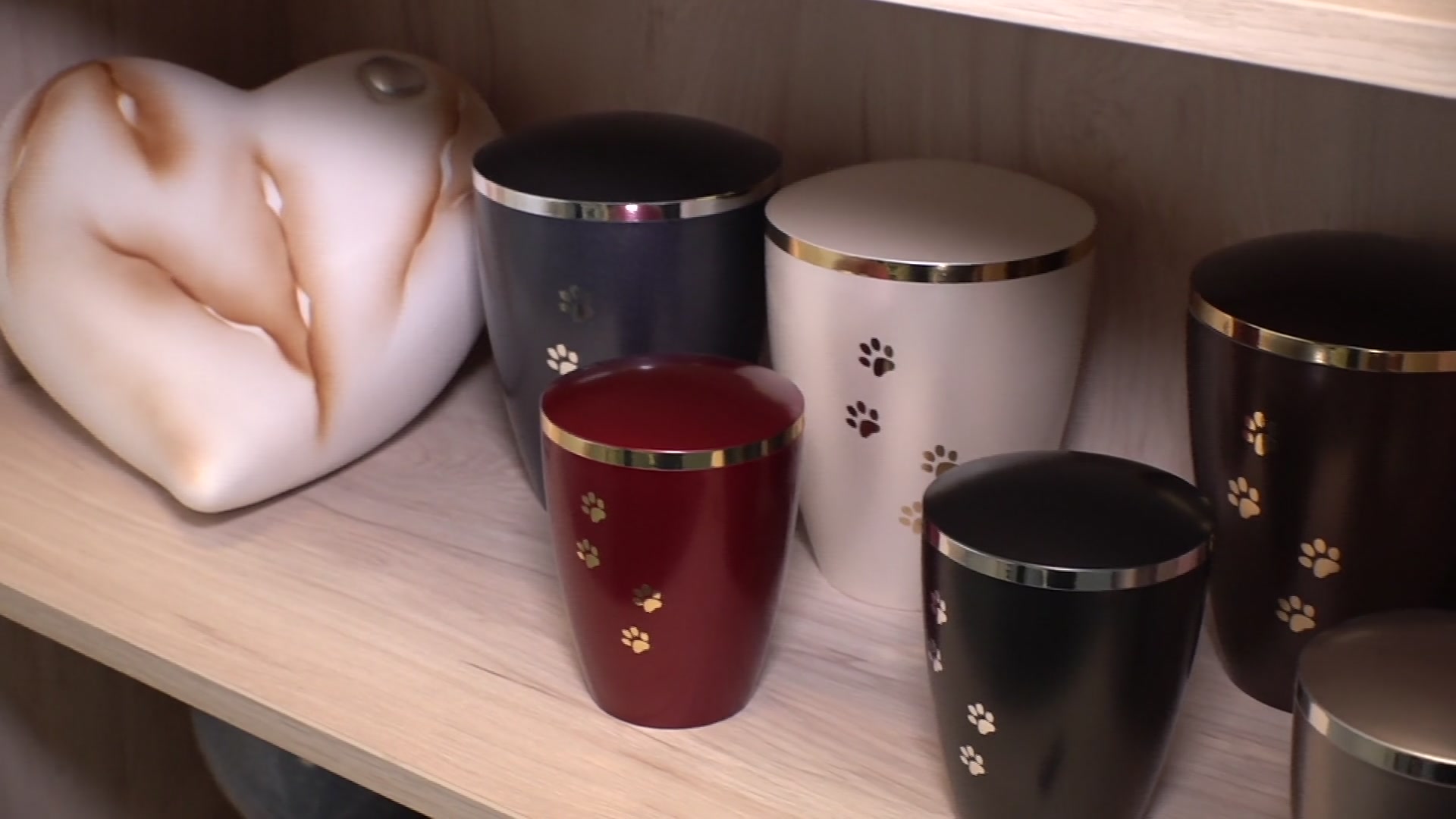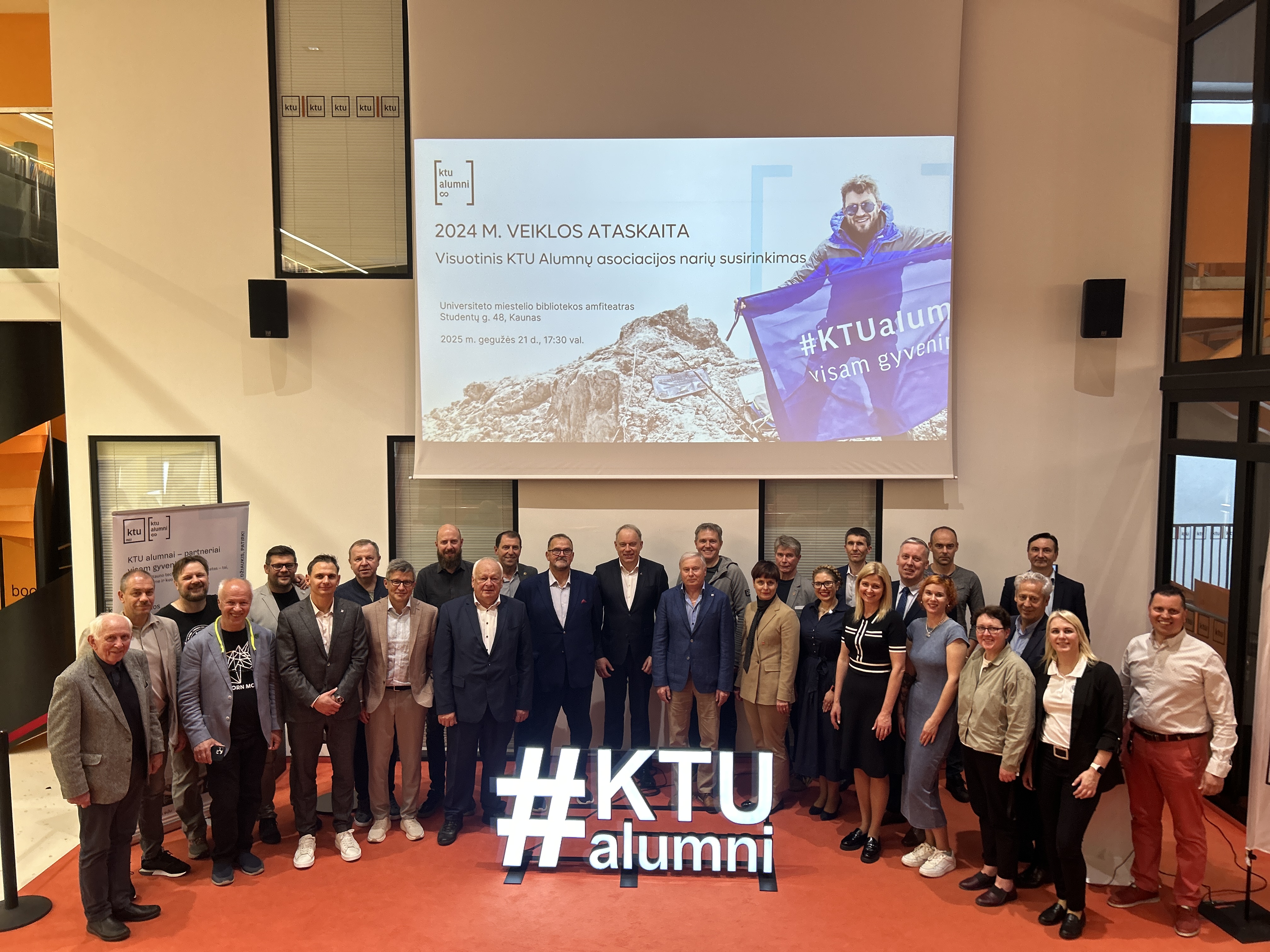Seems to be afraid of frogs and snakes – hereditary
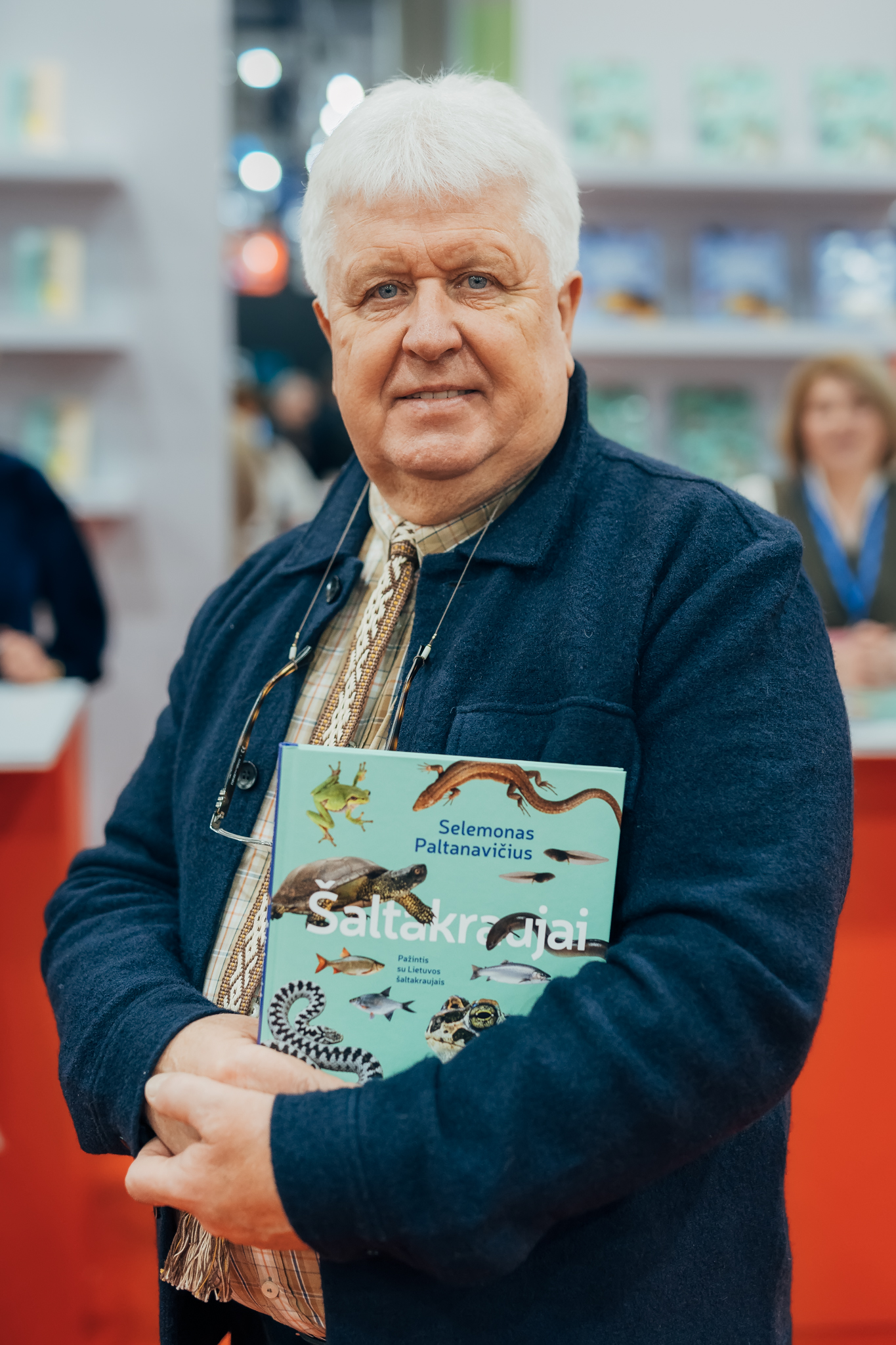
Not too long ago, he published richly illustrated stories « The Live World of the Forest », « Live insect » world, and soon the naturalist decided to tell the children to distinguish the voices of the birds with the real sounds of nature.
« Frogs, serpents, toads, lizards, turtles are not fairy -tale characters, but part of our nature, which is silently disappearing. We know very little, and what we know often remind me of tales.
Selemonas Paltanavičius. Photo by M. Golubev
Freedom Radzevičienė, a journalist, spoke to the naturalist.
– From the first glance, it seems that not so much of the cold -blooded nature in Lithuania. Maybe it is wrong to think so?
– Cold -blooded – special vertebrates that are united by certain physiological properties. In our four -year cycle, their complex life has a great sense, because this is the only way they can survive. There are about 100 species in Lithuania, 7 reptiles, 13 amphibians – the fish are more fortunate, and the small variety of reptiles and amphibians cannot be distinguished by the abundance of individuals: some species are really rare, not familiar to everyone. And their decline trends are concerned.
– Is it really cold -blooded blood?
– Cold -blooded is like that – their body temperature depends on ambient temperature. Therefore, in the cold, not only their blood, but all the muscles, tissues and organs of the animal are cold in the cold. Because no body coverings, such as a warm coat, do not have to lift or keep them permanent. Consequently, living as it is, which is the perfect adaptation and guarantee to survive.
True, it should also be noted that, like cold, heat and heat they are dangerous to them – these animals die even more often.
– Take a cold -blooded animal into your hands – it’s not always nice. Are they all cold and slippery?
– They’re really cold – after all, cold -blooded! So you won’t warm away from them (laughs). However, saying that they were « slippery » and « cold », we repeated the prior views of the people who do not know these animals many times. She seems to be hereditary, and her moms and grandmothers convey her well to her children and grandchildren. And this is not that innocent of this belief – the serpents, the angys, the bounds of the lizards are affected, which some call copper snakes, even toads and frogs.
– Can such fears be overcome? Really! All you have to do is take the smallest coarse in your hands, look, enjoy and run it. You will be happy to overcome what is completely unnecessary – your fear!
– Today we know and teach children that there is nothing to be afraid of nature! However, this does not mean that we may not behave properly. With nature, we have to live in the neighborhood with our cute cold -bloodeds – we cannot touch, take, hurt or destroy them.
Photo by M. Golubev
– Describe cold -blooded. What distinctive features do they have?
– Cold -blooded does not have intelligence, you will neither tame nor keep them at home. But as you observe, you realize that they, even fish, are smart, capable of not only hunting, but also the risk of avoiding animals. In nature, this is extremely important.
And they reproduce them in a fun way. Fish caviar, such as developing a certain number of degrees. In 10 degrees Celsius, the pike caviar will take 14 days, if the water is 14 degrees, the larvae will take tens of days.
Similarly, frogs and reptile eggs develop. Unique is the fake reptile -lifetime, when the female of the gluten or angies wears the eggs in its body cavity.
No less unique and long, frogs and reptiles spend up to half a year without moving. All that time they do not use food, but vital functions are supported.
– How do these animals adapt to our climate, especially to cold winters?
– They can only survive in the winter by driving into deep caves, under the stumps. It is impossible for any animal to stay at a healthy temperature below zero degrees. So, in winter they sleep. And sleeps where winter does not reach.
It is worrying that today amphibians and reptiles are experiencing the reverse process – their hibernation sleep and anesthesia have been significantly reduced. Currently, serpents, lizards, anger wake up in February or fight, when it only recently happened in late April. It is difficult to say the consequences of such a hurry, in the natural nature it should not be…
Photo by M. Golubev
– What are our ecosystem important for cold -blooded? What functions do they perform?
– They are important to our lively diet chain – after all, many animals feed on fish, frogs and reptiles. Some of them even specialized. For example, the eagle fisherman caught only fish, and a relatively rare bird in us – snake – catches the serpents, angis, gluzen, lizards. It is not always necessary to think about the benefits of one or the other animals – they occupy their own ecological niche, without substantially changing populations of other species or groups. More importantly, their good condition, which testifies that there is a harmony in nature.
– Are there extinguishing species in Lithuania? What human activity is most harmful to them?
– Some fish species, even a crosswalk, mustache, are disappearing or very rare, but are most worried about all amphibians and almost all reptiles. Even the usual brown frogs, common toads become rare, in some places even endangered.
Amphibians are drastically disappearing around the world, turtles, many snakes, serpenting. The lists of our Red Book include a whore turtle, green and reed toads, a yard and a wooden, a parallel. The yellow -cheek snakes are a bit better, and here’s a very beautiful snake – it’s extremely rare.
Photo by M. Golubev
What harms them? Everywhere, one has to look for a person who has violated their habitat, preventing migration, poisoning their environment and simply destroying. It is sad to state it, but even sadness is that few people care. Or – cares too little.
– Which of the cold -blooded Lithuania can be called undeservedly forgotten?
– I seem to be much forgotten all. Maybe we just remember the fish, but only when we go fishing. Neither frogs nor reptile problems are part of our environmental, environmental protection policy. Lucky for a Baltic tortoise, whose populations only have been preserved by humans have been saved – now up to 1,000 of these turtles live in Lithuania.
During the historical period, the yellow -cheeked serpents were so important in Lithuanian culture and in the household that foreign chronicists wrote about it as a unique phenomenon. Now no one is hurt by the serpent. But he does not allow his home, he does not come to play with Lithuanian children. Only history remains.
– I remember, in my childhood, we went to catch snakes, grandmother dried them and feed them for pigs. What useful substances do they contain?
What was once was not the brightest side of the past. Now it is not and will not be, and it is necessary to remember, this is our common history. I don’t think dried snakes are useful, at least for pigs. The biggest thing here is the people’s faith. The other is snake poisons. First of all, they are used to produce serums that they need when the snake bites. Snake poisons are also used in the production of medicines. However, such poisons are taken not from the Catch of the GEMT, but from the reptiles stored in the serpentariums.

